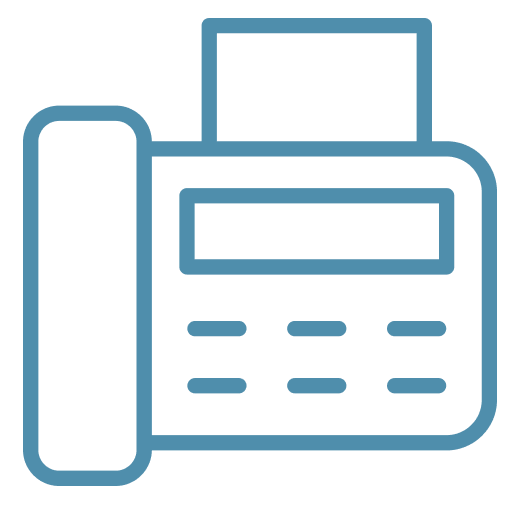Holter
A Holter monitor is a portable device used to continuously monitor and record the electrical activity of the heart over an extended period, usually 24 to 48 hours. This monitoring is known as ambulatory electrocardiography. The Holter monitor is named after Dr. Norman J. Holter, who introduced the concept of long-term ambulatory ECG monitoring.
Here are key features and uses of a Holter monitor:
- Continuous Monitoring: The Holter monitor continuously records the heart’s electrical activity, capturing data over an extended period. This provides a more comprehensive view of the heart’s rhythm compared to a standard electrocardiogram (ECG or EKG), which records a brief snapshot of heart activity
- Portable Design: The device is compact and can be worn on a belt or carried in a pocket. It typically has small electrodes (sticky patches) attached to the chest, and these electrodes are connected to the monitor by lead wires.
Common Uses:
- Detection of Arrhythmias: Holter monitors are often used to detect irregular heart rhythms (arrhythmias) that may not be captured during a standard ECG. This includes atrial fibrillation, ventricular tachycardia, and other rhythm abnormalities.
- Intermittent Symptoms: If a patient experiences symptoms such as palpitations, dizziness, or fainting that occur intermittently, a Holter monitor can help capture data during these episodes for further analysis.
- Ambulatory Monitoring: The patient wears the Holter monitor while going about their daily activities. This allows healthcare providers to correlate the recorded heart rhythm data with the patient’s normal activities and symptoms.
- Event Recording: Some Holter monitors come with an event button that the patient can press when they experience symptoms. This allows healthcare providers to correlate specific events with changes in the heart’s electrical activity.
- Data Analysis: After the monitoring period, the recorded data is analyzed by healthcare professionals, usually cardiologists. They review the information to identify any abnormalities, irregularities, or patterns in the heart’s rhythm.
- Diagnosis and Treatment Planning: The information obtained from a Holter monitor can aid in the diagnosis of various heart conditions. It helps healthcare providers tailor treatment plans based on the specific rhythm abnormalities detected.
Holter monitoring is a valuable tool in the diagnosis and management of cardiac arrhythmias, especially those that occur infrequently or intermittently. It provides a more comprehensive understanding of the heart’s electrical activity in real-world conditions, helping healthcare professionals make informed decisions about patient care.




